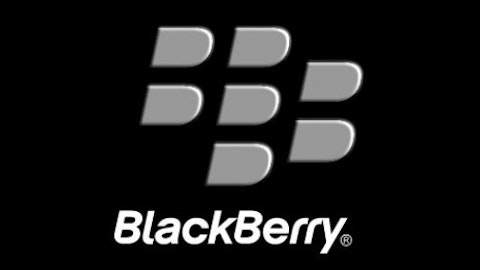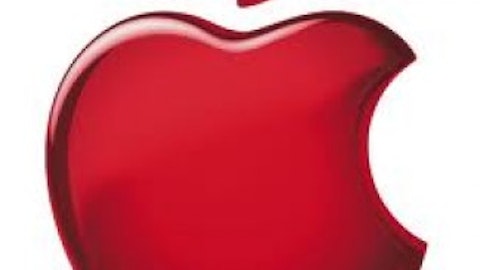
In her 160-page ruling, Judge Cote wrote “the plaintiffs have shown that the publisher defendants conspired with each other to eliminate retail price competition in order to raise e-book prices, and that Apple Inc. (NASDAQ:AAPL) played a central role in facilitating and executing that conspiracy.” The “conspiracy” was formulated through secret negotiations and hardball tactics utilized by five of the largest publishers in the world: Macmillan, Penguin, Hachette, HarperCollins, and Simon & Schuster, as well as Apple. These combined forces were intent on defeating Amazon.com, Inc. (NASDAQ:AMZN)’s strategy of discounting e-book best sellers to drive sales of its Kindle e-book readers.
So what?
All five major publishers involved in the case have already settled, looking to avoid a long and costly trial. Combined, the five publishers were forced to pay out $166 million. Three of the major five publishers are owned by companies traded on foreign exchanges or private markets, though HarperCollins is a subsidiary of News Corp while Simon & Schuster is a division of CBS Corporation (NYSE:CBS). When both HarperCollins and Simon & Schuster settled back in August 2012, HarperCollins was only obligated to pay $19.57 million, while Simon & Schuster paid $17.75 million. While these amounts are significant to the individual publishers, the amounts are miniscule in comparison to the massive size of their parent companies.
In terms of the effects on Apple Inc. (NASDAQ:AAPL), a new trial has already been called for by Judge Cote to determine the damages Apple owes. Projections do not place the sum Apple will have to pay as jeopardizing the overall financial health of the company, however, with the final amount most likely only reaching an eight-digit number. Because the publishers have already settled, they have also already worked out new contracts with e-book sellers which once again allow the sellers to discount certain bestsellers. This has allowed book prices to once again decrease.
In 2012, Apple’s iBook service grew 100% and the company maintained a 20% market share of the e-book market. The segment which includes the company’s e-book sales and app store produced $8.53 billion in 2012, representing only 5.45% of overall revenue. The e-book segment is still anticipated to operate profitably in the wake of the changes to the market. Effectively, the segment is still expected to grow as a result of consumers being “trapped” into Apple Inc. (NASDAQ:AAPL)’s ecosystem and purchasing products from the company because it is simply convenient.
In respect to Amazon.com, Inc. (NASDAQ:AMZN), it is only set to benefit from the ruling as the reintroduction of their reduced prices is highly likely to attract new customers. This will in turn lead to further acceleration in the sale of its Kindle products, with growth from 33.8 million units in 2012 to a projected 96.2 million by 2019. Presently, estimates place the company’s market share in the e-book market as being anywhere between 50% and 60%, a metric which is set to only expand in approaching years.
Now what?
Given the altered market conditions in the e-book industry, which of the companies presented offer attractive investment opportunities?
Apple’s top line is projected to rise from 2012’s $156.51 billion to 2015’s expected $195.01 billion, representing consistent 7%-8% year-over-year growth. Net income is anticipated to fall from $41.73 billion in 2012 to $40.46 billion by 2015, representing -1% growth annually. Presently, the company holds a price-to-earnings ratio of 10.14, and pays out a dividend yielding 2.87%. In total, Apple Inc. (NASDAQ:AAPL) earns 5 out of 5 stars, and is a screaming buy on any considerable pullback.




